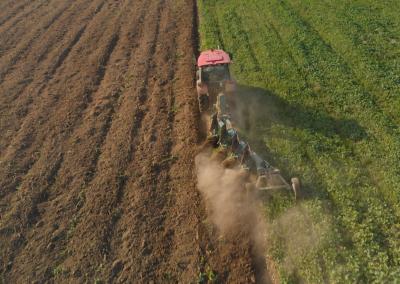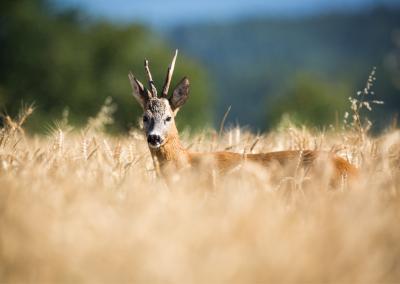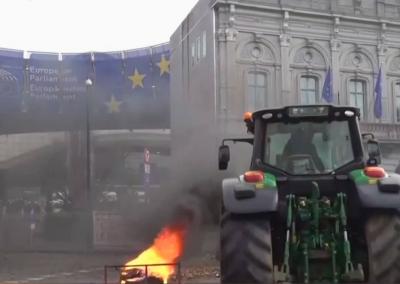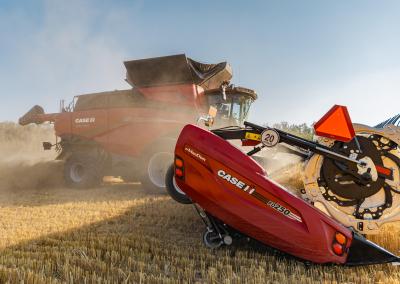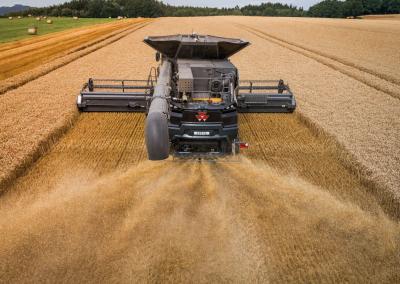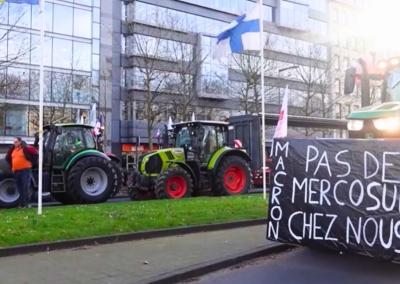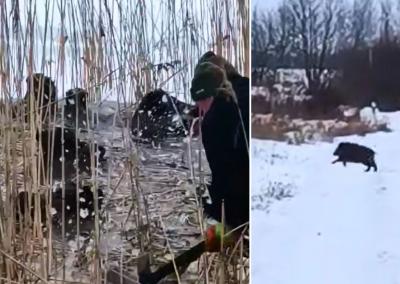If a tree is about to fall on a house or road
To prevent the roof of your house, outbuildings, fences and roads from falling on you, it's important to recognise the first signs of an emergency in time to prevent it. How can you predict that a tree on your property could be the source of an accident?
What are dangerous trees?
Let's first take a look at the most common causes that make a tree dangerous to the environment and people.
• Natural disasters: storm, squall, hurricane, lightning strike, floods, etc.
• External mechanical impact: a tree is hit by a car, damaged by construction machinery, damaged by a fallen or cut branch of a neighbouring tree, etc.
• Diseases of trees (especially those affecting the trunk): cytosporosis, bacterial burn, etc.
• Tree pests: moustache beetles, golden beetles, bark beetles, kineworms, etc.
Signs of an emergency tree
It is possible to identify the imminent threat of a tree toppling in advance, based on certain signs that indicate that an emergency tree needs to be cut down as soon as possible.
• Large cracks in the trunk and skeletal branches, splitting of the trunk.
• Peeling of bark over a large area of the tree.
• Symptoms of trunk decay diseases, such as wood destroying ash fungi.
• Leaf and needle drop at atypical times, especially if this is accompanied by branch dieback.
• The trunk is full of hollows.
• Trunk leaning more than 45 degrees. In most cases, an angle of 45 degrees is considered an emergency.
• The tree grows very close to water (rotting of the root system often goes unnoticed);
• Broken and overhanging crown fragments (but in some cases the tree can still be saved).
Prevention of emergency tree toppling
Of course, we have no control over the speed and strength of hurricane winds or other natural phenomena. However, we can reduce the damage caused by a tree toppling, or avoid it altogether. Here are some tips from arborists (professionals in tree care and pruning).
Plant trees well away from the house, fences, roads and other buildings. For tall trees (over 15 m) the recommended distance is 3 m, for medium-sized trees (10-15 m) 2 m and for dwarf trees (up to 10 m) 1 m.
Don't plant tree species that are statistically the most frequent victims of storm damage, such as American maple, Norway spruce, aspen and poplar, near houses or other outbuildings. Carefully consider the location of plants with a shallow root system (carpenter birch, red oak, maple, robinia, cypress, cypress, thuja, sedum, magnolia, sumac).See the Garden Tree Disease and Pest Prevention Calendar for timely removal of infected branches. Form the crowns of trees on the plot according to the recommendations of expert arborists.Protect trees from sunburn: be sure to bleach trees in autumn and don't forget to renew trunk paint in late winter/early spring.
When you buy a new plot, make sure you consult a professional arborist who can tell you which trees may become a threat to your property in the future and give you options to deal with any problems that may arise.
Where to go for emergency tree felling
What questions might you have if you need to cut down a tree on your property? You planted it, you cut it down when you need to. But it's not that simple. To get permission to cut or intensively prune a tree, the plot owner must apply to the municipality. Especially if the trees on the plot are trees of conservation concern. Each municipality issues tree felling permits individually. Municipalities have their own rules. Failure to comply with them and the unauthorised felling of a protected tree can result in a fine of between €60 and €200 (according to the Code of Administrative Offences).
What are trees of conservation concern? The Ministry of the Environment informs that oaks, ash, maples, elms, hornbeams, hornbeams, hornbeams, sycamores, beeches, elms, larches, lindens, larches, birches, pines, with a diameter of 30 cm or more, are protected trees on agricultural land, other agricultural land, and on private land used for recreational purposes.
However, a felling permit is not required for a protected tree when the tree is in an emergency condition and felling/sawing operations need to be carried out as soon as possible, e.g. when a natural, traffic or other event causes the protected tree to become an emergency tree and endangers the public, their property, buildings or traffic safety.In this case, the persons carrying out the felling work must inform the municipality in writing within 3 working days, indicating the location of the tree to be protected and providing 3 photographs showing the view before the work was carried out and the emergency tree from the list of plants to be protected that has been felled, taken from the different sides.
In the city, the solution to this problem is for the residents of the building to contact the building manager in order to cut down an emergency tree near the apartment block. The manager has to organise a survey of the residents of the block of flats to find out whether the tree should be cut down or taken down. A positive answer requires the approval of more than half of the building's residents. The building manager then applies to the municipality for a cutting permit with a request, photographs of the emergency tree and a diagram marking the house and the tree. After obtaining permission from the Environmental Protection Department of the municipal administration, the administrator organises the cutting of the tree, inviting specialists.


